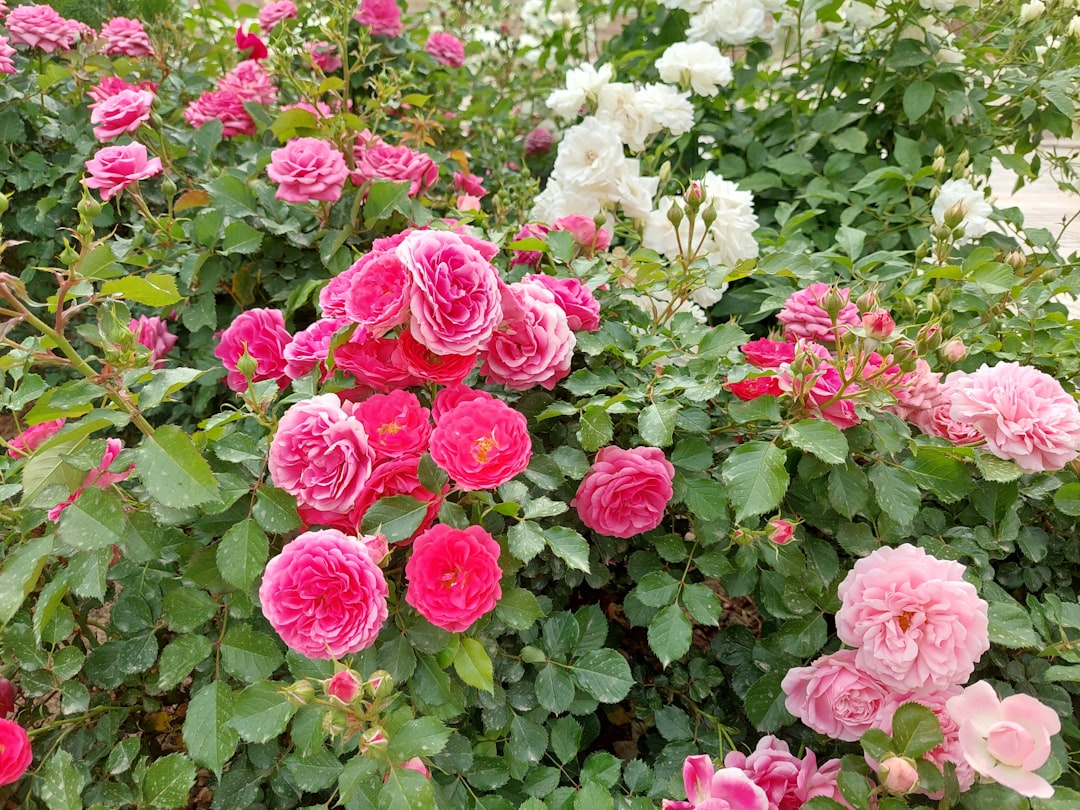Guardians of the Green: Conquering Garden Pests

Maintaining a healthy and vibrant garden is a labor of love, but it's not without its challenges. One of the most persistent issues that gardeners face is dealing with pests. These unwanted visitors can wreak havoc on your plants, causing damage to leaves, stems, and fruits. However, with the right knowledge and strategies, you can protect your garden from these invaders and ensure its continued beauty and productivity. In this article, we'll explore eight common garden pests and effective methods to get rid of them.
Aphids: The Tiny Troublemakers
Aphids are small, soft - bodied insects that come in a variety of colors, including green, black, and brown. They cluster on the undersides of leaves and suck the sap from plants, causing leaves to curl, yellow, and distort. To control aphids, you can start by spraying a strong stream of water on the affected plants. This will dislodge many of the aphids. Another option is to introduce natural predators such as ladybugs, which are voracious aphid - eaters. You can also make a homemade insecticidal soap by mixing a few drops of dish soap with water and spraying it on the plants. This will suffocate the aphids.
Slugs and Snails: The Slimy Menaces
Slugs and snails are nocturnal creatures that leave a trail of slime as they move. They feed on a wide range of plants, leaving large holes in leaves and devouring young seedlings. To keep slugs and snails at bay, you can create barriers. For example, surround your plants with a ring of crushed eggshells or diatomaceous earth. These sharp materials will cut the soft bodies of the slugs and snails, deterring them from reaching your plants. You can also set up beer traps. Bury a shallow container in the soil and fill it with beer. The slugs and snails will be attracted to the beer and drown in it.
Whiteflies: The Flying Pests
Whiteflies are small, white insects that flutter around plants when disturbed. They feed on plant sap and can transmit diseases. To control whiteflies, you can use yellow sticky traps. These traps attract the whiteflies, which then get stuck to the sticky surface. You can also introduce parasitic wasps, which are natural enemies of whiteflies. The wasps lay their eggs inside the whitefly nymphs, killing them. Additionally, neem oil can be an effective treatment. Spray a diluted neem oil solution on the plants to repel and kill whiteflies.
Spider Mites: The Web - Spinning Invaders
Spider mites are tiny pests that are difficult to see with the naked eye. They spin fine webs on plants and suck the sap, causing leaves to turn yellow and develop a stippled appearance. To combat spider mites, increase the humidity around your plants. Spider mites thrive in dry conditions, so misting your plants regularly can help keep them at bay. You can also use insecticidal soaps or horticultural oils. These products coat the spider mites and suffocate them. Make sure to spray the undersides of the leaves, where the spider mites are often found.
Caterpillars: The Leaf - Eaters
Caterpillars are the larval stage of butterflies and moths. They can quickly defoliate plants, especially if there is a large infestation. Hand - picking caterpillars is an effective method for small gardens. Simply remove the caterpillars from the plants and dispose of them. You can also use Bacillus thuringiensis (Bt), a natural bacteria that is toxic to caterpillars. Spray Bt on the plants, and when the caterpillars eat the treated leaves, they will die.
Thrips: The Invisible Pests
Thrips are slender, tiny insects that feed on plant tissues. They can cause leaves to become distorted, discolored, and develop silvery streaks. To control thrips, you can use reflective mulches. These mulches reflect light, confusing the thrips and reducing their ability to find your plants. You can also introduce predatory mites, which feed on thrips. Insecticidal soaps and neem oil can also be used to treat thrips infestations.
Japanese Beetles: The Colorful Destroyers
Japanese beetles are metallic green and bronze insects that feed on the leaves, flowers, and fruits of many plants. Hand - picking the beetles in the early morning when they are less active can be an effective control method. You can also use pheromone traps, but be careful as these traps can attract more beetles to your garden. Another option is to use milky spore, a natural bacteria that infects and kills Japanese beetle grubs in the soil.
Scale Insects: The Armored Pests
Scale insects are small, immobile pests that attach themselves to the stems and leaves of plants. They have a hard, protective shell and suck the sap from the plants. To get rid of scale insects, you can use a soft brush to gently scrub them off the plants. You can also use horticultural oils, which suffocate the scale insects. Make sure to apply the oil thoroughly, covering all the affected areas.
In conclusion, protecting your garden from pests requires a combination of preventive measures and targeted treatments. By being vigilant and taking action at the first sign of a pest problem, you can keep your plants healthy and thriving. Remember, using natural and environmentally friendly methods is not only better for your garden but also for the overall ecosystem. So, roll up your sleeves and become the guardian of your green oasis!